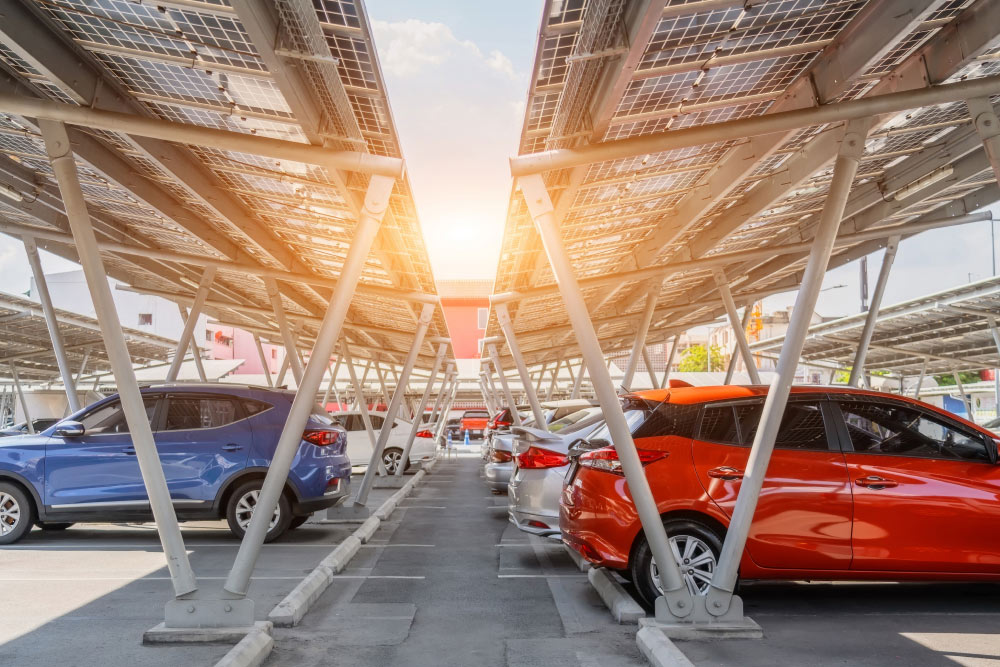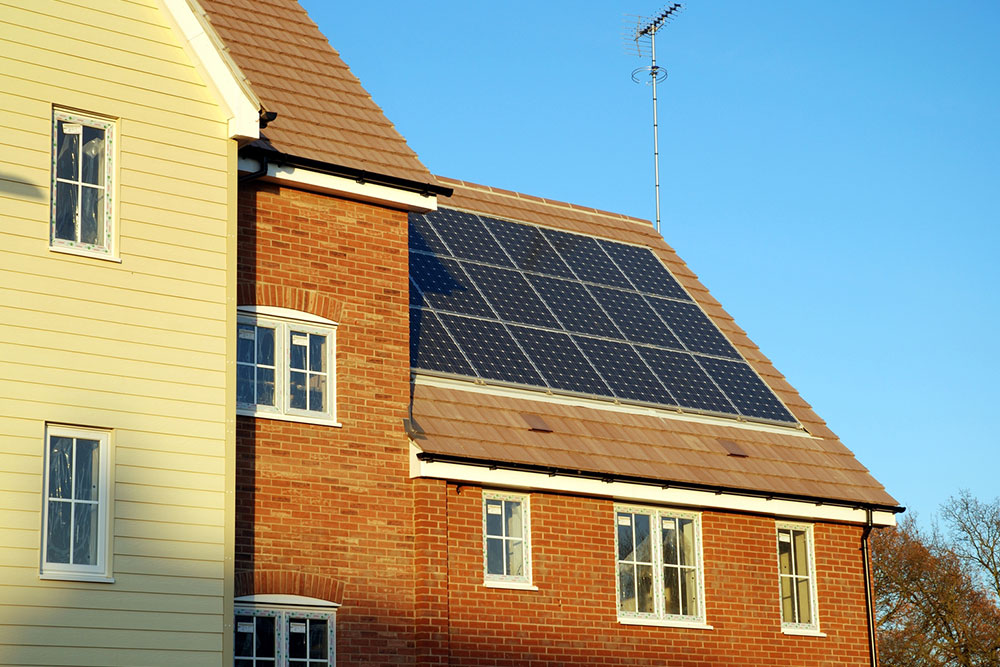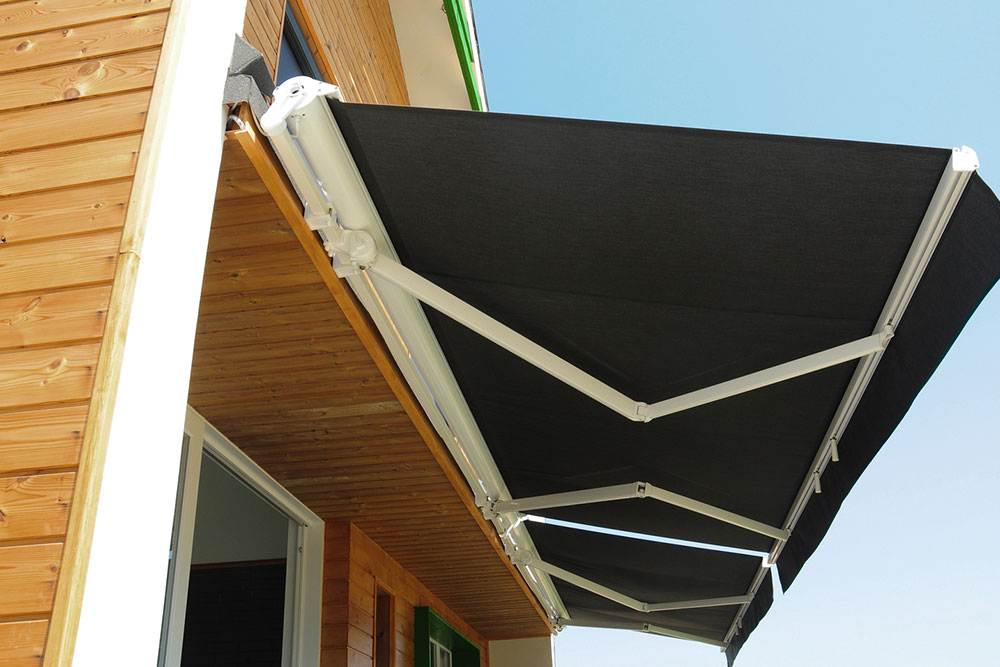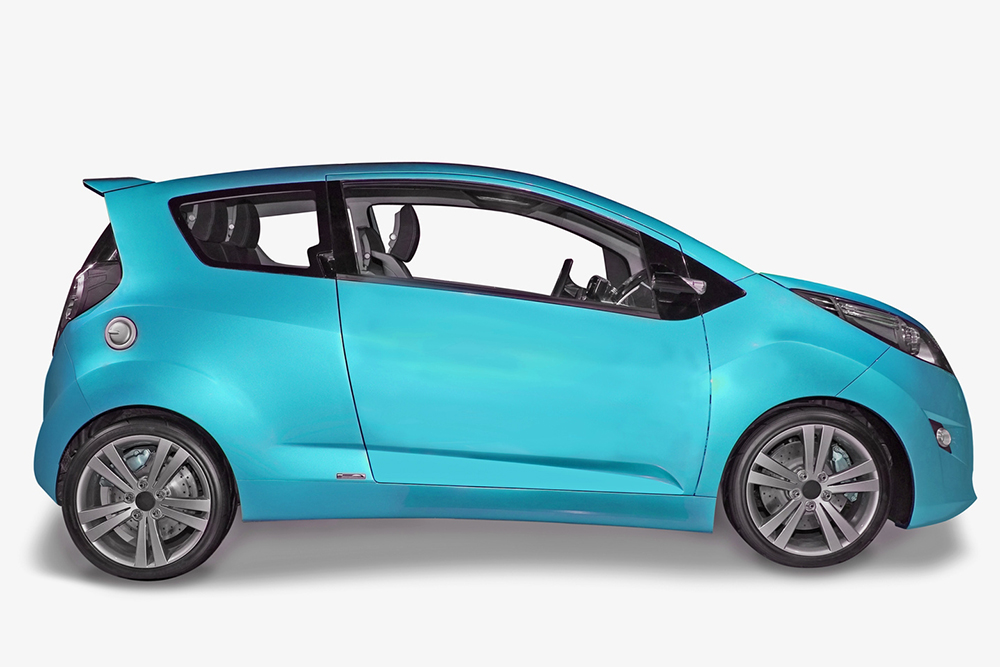Essential Guidelines for Installing Solar Carports
Discover essential insights into installing solar carports, including their benefits, structural considerations, and cost breakdowns. Learn how these renewable energy solutions optimize space, increase property value, and support sustainability. Proper planning and expert help ensure safe and efficient installations, making solar carports a smart choice for eco-conscious homeowners and businesses aiming to reduce energy costs and carbon footprints.

Solar carports are innovative structures that generate renewable energy while offering sheltered parking. Popular among homeowners and businesses, they are cost-effective alternatives to traditional rooftop solar panels, especially with available tax incentives. These carports resemble regular shelter canopies but are equipped with solar panels to capture sunlight's energy. Their dual purpose includes protecting vehicles from weather and producing electricity to power homes or businesses. They also help reduce heat buildup, increase property value, and promote energy independence. Proper planning, considering size, strength, and installation expertise, ensures optimal benefits and safety when installing solar carports.
What are solar carports?
Resembling canopies over parking spots, solar carports integrate solar panel technology to convert sunlight into electricity, serving both as shelter and energy source.
Their simple working mechanism involves solar panels that absorb sunlight and generate power, ideal for reducing reliance on fossil fuels and charging electric vehicles.
Key advantages of solar carports include:
Efficient use of space: Installing panels on a carport maximizes available space without impacting building aesthetics compared to roof-mounted systems.
Cooling benefits: Solar panels provide shade, lowering vehicle temperatures and protecting interiors from heat damage.
Property enhancement: Solar installations boost property value, reflecting eco-friendly commitments.
Energy autonomy: Generate your own power, reducing dependence on grid supply and lowering costs.
Environmental benefits: Using renewable energy decreases carbon footprints, supporting sustainability initiatives.
Important considerations for installation: Proper planning involves evaluating vehicle size, panel output, structural load capacity, and professional assistance for safe and efficient setup.
Size: For example, a typical medium-sized vehicle requires about 4.5 x 2 meters, with roughly 20-24 solar panels needed for coverage of two cars.
Structural integrity: Given that panels weigh approximately 18 kilograms each, the structure must withstand substantial weight to prevent collapse.
Energy output: With each panel producing 270-300 watts, a system with 20 panels can generate 5.4-6 kW, sufficient to meet household needs.
Installation process: While straightforward, expert help is recommended for electrical and mechanical work, especially through specialized solar providers.
Cost overview: Total expenses depend on size and labor choices. DIY projects typically cost €4,500 to €12,500, factoring in permits and materials, with incentives available to reduce expenses. Professional installation may involve higher costs due to additional services but ensures optimal safety and efficiency.
Note: Our blog offers diverse insights, but readers should verify details separately. The information is for guidance and does not replace professional advice or localized schemes.










